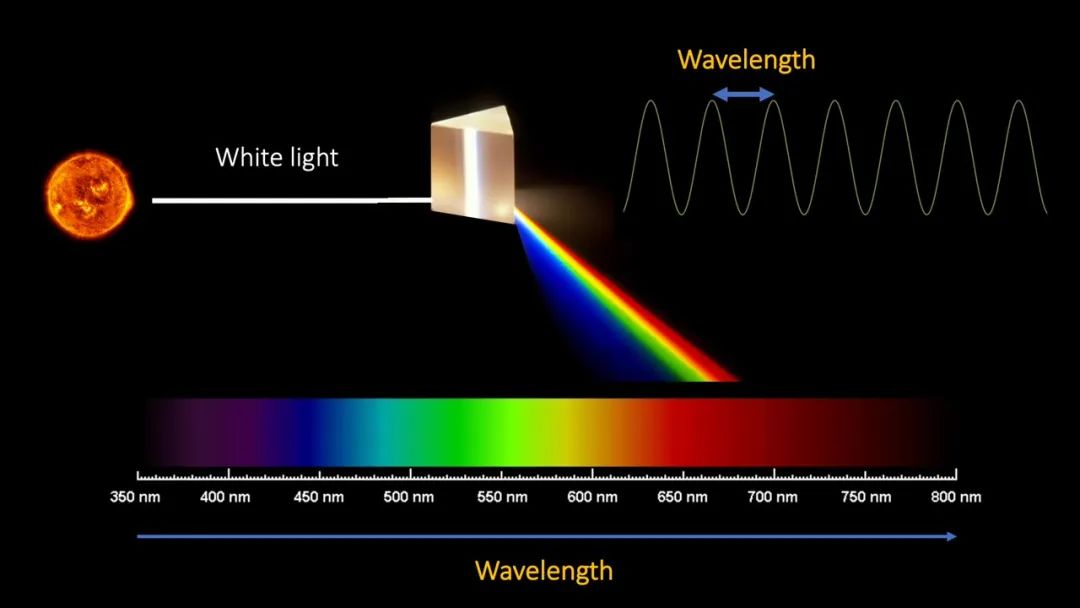Liu Xiaoying et al. -Grl: The composition of the sulfur isotope of Chang'e 5 Xuanwan and its constraint on the source area of the Moon Mantra
Author:Institute of Geological Earth Time:2022.09.12


From ancient times to the present, the moon has been the poems and distant places in people's hearts, especially in the Mid -Autumn Festival, and praise for the bright moon is not even enumerated. "Hao Chou is a virgin, and the fairy is silent; the full -divide autumn color is full, and the long -time clouds are all bright." What kind of gesture should we appreciate the moon in the space age? The doctoral student of the Earth and Planet Physics Key Laboratory of the Institute of Geology and Earth Physics of the Chinese Academy of Sciences Liu Xiaoying, under the guidance of a mentor Lin Yang Ting, used the nano ionic probe to observe the sulfur isotonophyte characteristics of the sulfur iron in the Xuanwu Rock in Chang'e 5. This "sulfur" is like "staying", and the moon is the most linger.
Since the return of Chang'e 5 (CE-5) samples, different teams have studied the basic objects, mineral chemistry, crystallization age, and characteristics of the source area of the moon, indicating that the moon is more "longevity" than people think, but "longevity longevity" "The reason is still unsolved. In order to further explore the global chemical characteristics of the CE-5 source area and sulfur-related, we carried out systematic analysis of rock phase, mineral chemistry, and original S isotope in the sulfide in CE-5 basalt.
The sulfide in the CE-5 Xuanwu Rock is mainly meteosulfine (FES), as well as the extremely trace trada (CUFES2), CUFE2S3 (CUFE2S3) and nickel and pyrite (FE, NI) 9s8) (Figure 1). The meteorite iron is a variant of the magnetic pyroneite (Fe1-XS). The magnetic pyroneite ore is very common on the earth, and the metein sulfur iron is almost difficult to form in the earth environment. This is because the oxidation and reduction conditions of the moon and the earth are very different. The moon is a very restored planet. The S in the melt is in the form of S2-. Essence There are three main rock phase backgrounds of meteorite iron (Figure 2): (1) wrapped in pyroxyl or oblique stone, indicating that it may be crystallized earlier; The crystallization in the body is the product of late crystals; (3) distributed in the tunnel. The meteorite iron with different rock -phase background has similar chemical components, which is almost pure Fe and S, and the content of other trace elements is extremely low.

Figure 1 CE-5 Back scanning electronic microscopic image in the sulfide in Xuanwu Rock. (TR: meteosulfine iron, OL: olive, PX: pyroxin, PL: oblique stone, AP: phosphorusite, LLM: titanium iron ore, CPY: CUB: square copper ore, Pen: nickel: nickel: nickel: nickel: nickel: nickel: nickel: nickel: nickel: nickel: nickel: nickel: nickel: nickel: nickel: nickel: nickel: nickel Yellow Iron Mine, Q: quartz, BDY: Landlinter)

Figure 2 The meteorite iron with three types of rock phase background. (A) The meteorite iron parcel in the pylori. (B) and (c) meteorite iron in the gap, and the fine -grained meteorite iron dominates. (D) The meteorite iron in the junction.
We select meteosulfine iron (most of the particle size less than 15 μm) of different rock -phase backgrounds for nano ion probe analysis to obtain the characteristics of the original sulfur isotope. The nano -ion probe has been widely used in the fields of planet science and global science. It is a weapon for obtaining tiny particles in original isotope and trace elements. Its high spatial resolution and high sensitivity make it more advantageous compared to LA-ICP-MS and ionic probes on the analysis of small minerals, especially some celestial samples. The advantages of being appeared. The characteristic of sulfur isotope of meteosulfon iron in CE-5 Xuanwu Rock is as follows: D34S value is distributed from -1.6 ± 0.3 ‰ to 2.0 ± 0.3 ‰, no obvious non-quality fraction (Figure 3); Among them, the meteorite particles wrapped in minerals have a biased D34S, with an average of 1.5 ± 0.3 ‰, and the fine particles distributed in the gaps have a wide distribution range, with an average of -0.2 ± 0.3 ‰ ‰ Essence

Figure 3 Simpanoplastor of CE-5 mete sulfur iron.
The above analysis shows that with the crystallization and qi, the D34S value of the magma declines, which is consistent with the D34S of the residual melting that causes the residual melting. Moon samples are generally influenced by magma qi, and the analysis of water and hydrogen isotope of phosphorus and melter-wrapped in CE-5 Xuanwu Rock indicate that water has gone through high degree of gas loss (98-99%, Hu et al., 2021, nature), other volatile substances such as sulfur in this process should also be lost due to exfoliation. If the loss caused by the righteousness of the qi, then the result will be low when tracing the S had the abundance of the Sumanto source area, and the fraction of the Simpage of S isotope directly provides an effective constraint for the degree of gas to remove the gas. We assume that the changes of D34S are all attributed to the illegal exfoliation of magma, and the maximum D34S value of the meteosulfed iron bunter is regarded as the D34S value of the initial crystal meteorite iron. You can get the average D34S of the initial melter -to -air definition and the melt. The magma removal model established using Saal and HAURI (2021) to obtain the CE-5 melt D34S evolved from the initial 0.5 ‰ to -1.0 ‰ to 40%of S to remove gas loss from the melt (Figure 4). In this degree of deodorization loss, the initial S-abundance correction before the CE-5 melt eruption is ~ 600 ± 300 ppm (Figure 4). And because the source of the CE-5 basalt is relatively single, and the 2-3%part of the melting and 43-88%of the separation crystals (Tian et al., 2021, nature), it is speculated that the S-abundance of the corresponding source area can be obtained. For ~ 1-10 PPM, it is significantly lower than the 78.9 PPM in the Apollo Xuanwu Rock Source District. CE-5 Xuanwu Rock Source District has a strong S loss and poverty-stricken water characteristics (Hu et al., 2021, Nature), which further supports the CE-May Mantarian area. Sexual substances (such as sulfur, water, etc.) with outlier areas, and the poverty -stricken magma source area is a challenge for long -term volcanic activities. Figure April of the magma de -qi model of the sample. (The data of Apollo sample comes from Saal and Hauri, 2021)

Research results recently published in the international academic journal Geophysical Research Letters 'e-5 Basalts: Constraints on the Magma Degassing and Geochemical Features of the Mantle Source. Geophysical Research Letters. 2022, 49, e2022GL099922. https://doi.org/10.1029/2022GL099922)
Beautiful editor: Chen Feifei

School pair: Wanpeng
- END -
[Hot interpretation] Why do you sometimes feel that time is "brushed" and it is gone

In the old saying, the deceased is like a husband, and the day and night are not a...
The formation of rainbow and the calculation of the rainbow horn

Thousands of years ago, people have been trying to explain the origin of the Rainb...